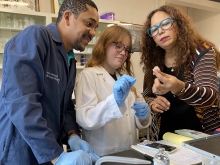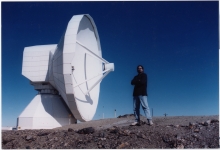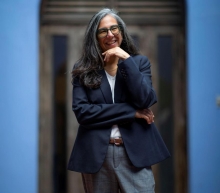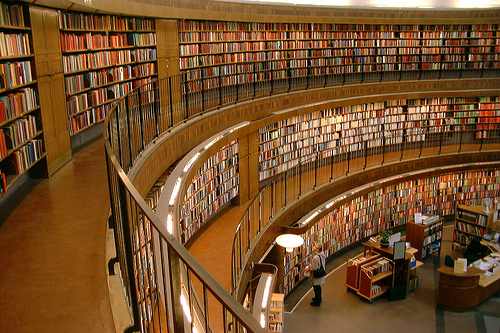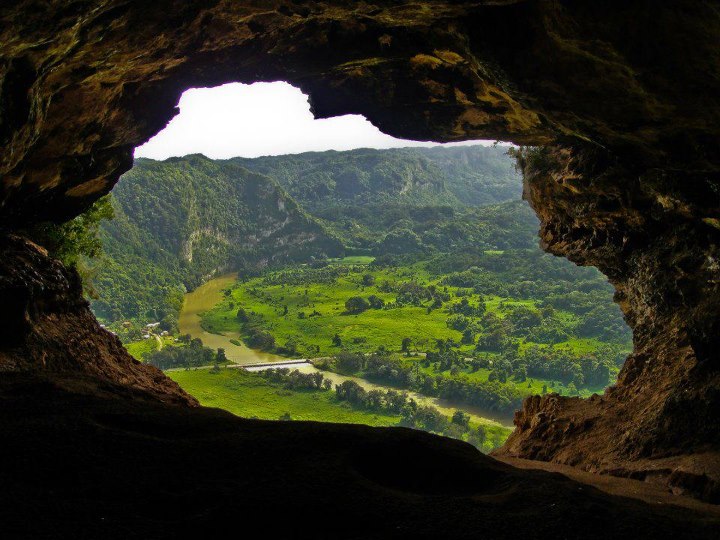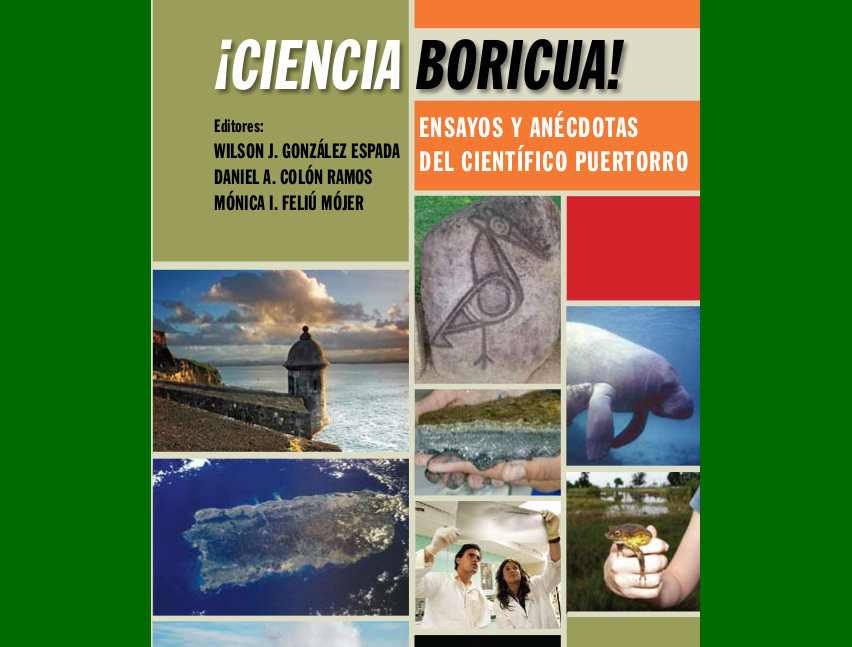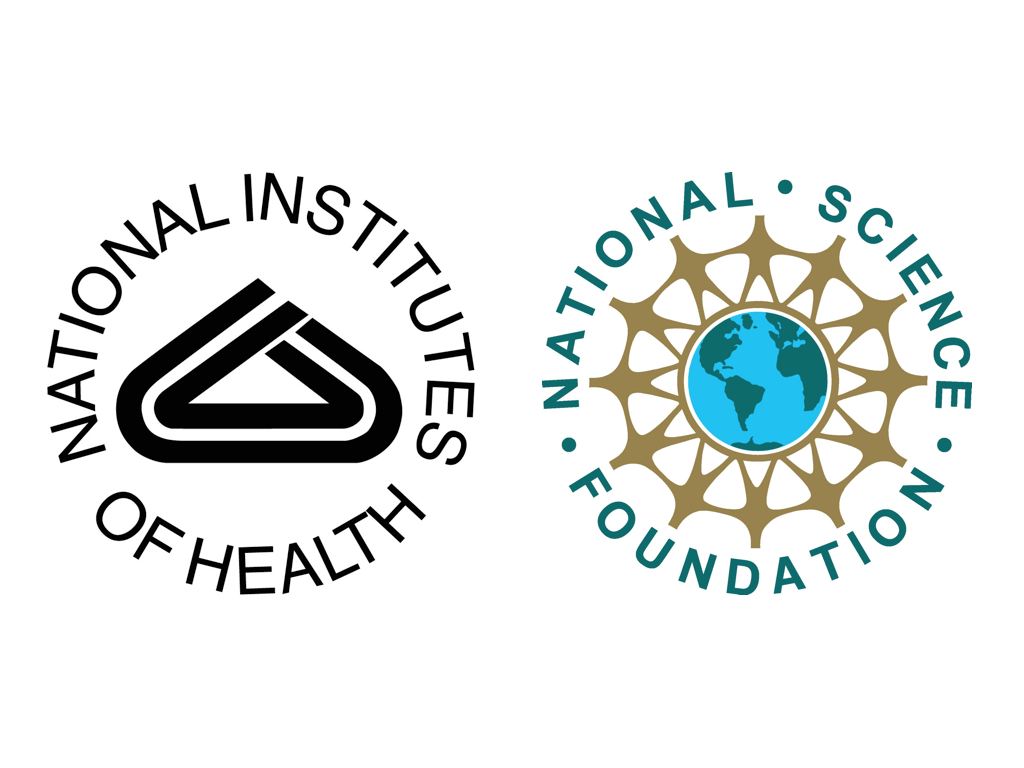Ciencia Boricua Profiles
Every month we profile the work of an outstanding CienciaPR member or discuss a topic of relevance to our community
SECARIBE: INVESTIGATING THE CONECCTIONS BETWEEN CARIBBEAN DROUGHTS AND THE SAHARAN DUST
Submitted by Elvin Joel Estrada Garcia and Wilson Gonzalez-Espada on 14 June 2022 - 8:43am






